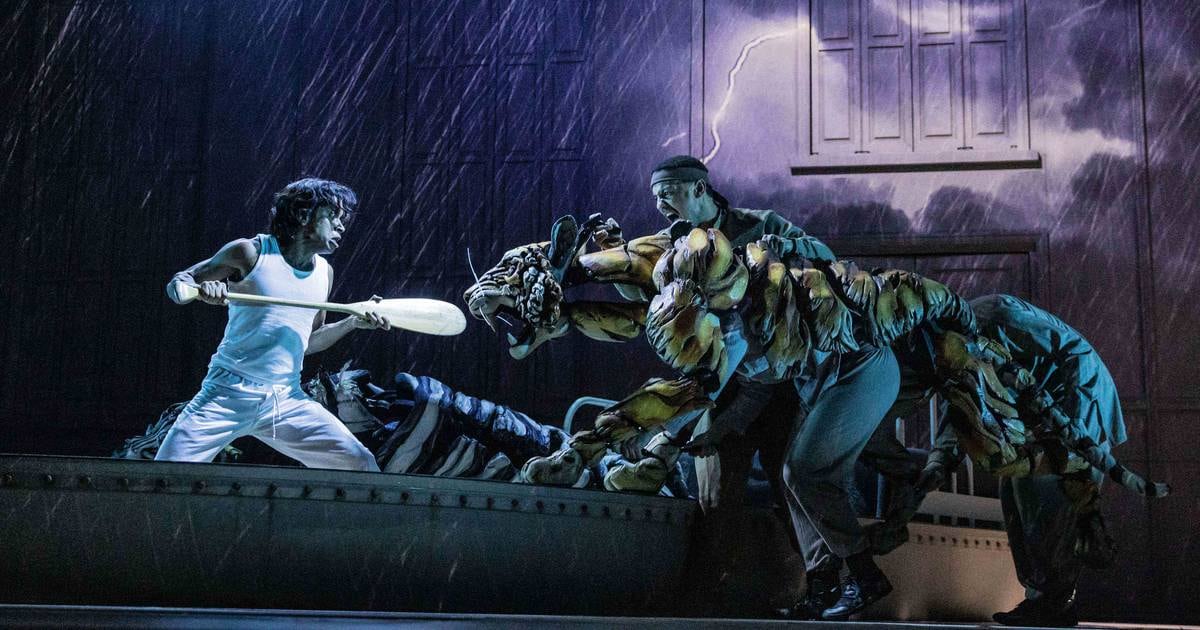At the Laurence Olivier theatre awards in London a few years back, the award for best supporting actor was presented to the ensemble of actors portraying Richard Parker in Lolita Chakrabarti’s theatrical adaptation of Yann Martel’s novel, “Life of Pi.” This unique recognition marked the first time a group of actors collectively received the accolade, highlighting the exceptional performance of a character brought to life by a puppet – Richard Parker, the distinctive Bengal tiger accompanying Pi, a young Indian boy, on their voyage across the Pacific Ocean in a small boat.
During the awards ceremony, “Life of Pi” secured five prestigious awards, including a well-deserved acknowledgment for the masterful puppetry crafted by Nick Barnes and Finn Caldwell, who designed the captivating tiger and other pivotal puppets in the production. Their collaboration stemmed from Caldwell’s transition from acting to puppetry after feeling disenchanted with traditional performances despite his background in mask work and physical theatre training.
Caldwell’s pivotal moment arrived when he contributed to the acclaimed production of “War Horse” by the UK National Theatre. This experience, working on the character of Joey, a 30kg horse portrayed by multiple performers, underscored the unique challenges and artistry of puppetry in conveying narrative depth and emotion without relying on spoken dialogue.
The narrative of “Life of Pi” unfolds as Pi recounts his extraordinary ordeal while recuperating in a Mexican hospital, providing a compelling framework for the storytelling. The script, skillfully penned by Lolita Chakrabarti, captures the essence of Pi’s fantastical journey, intertwining reality with dreamlike sequences that resonate with audiences.
Central to the success of “Life of Pi” was the innovative approach taken by Caldwell and Barnes in bringing the character of Richard Parker to life. By meticulously studying the tiger’s characteristics and behavior, they created a puppet that authentically mirrored a real tiger while embodying the symbolic essence of nature’s raw power. The design process involved careful consideration of every detail, ensuring that Richard Parker exuded both realism and an element of mystique, resembling a creature emerging from the remnants of a shipwreck.
In the realm of puppetry, each character, from the majestic giraffe to the protective orangutan named Orange Juice and her baby Tangerine, is infused with a distinct persona and named accordingly. This attention to detail and character development elevates the emotional impact of Pi’s narrative, underscoring Caldwell’s belief that a puppet should serve a purpose beyond mere representation, enriching the story in ways that surpass human portrayal.
As “Life of Pi” embarks on its theatrical journey to Ireland this month, audiences can anticipate a mesmerizing experience that transcends traditional storytelling boundaries, inviting them to witness the magic of puppetry intertwined with a compelling narrative.
